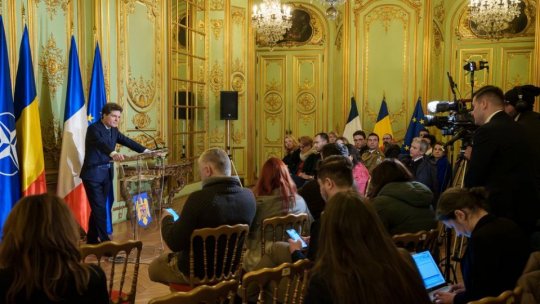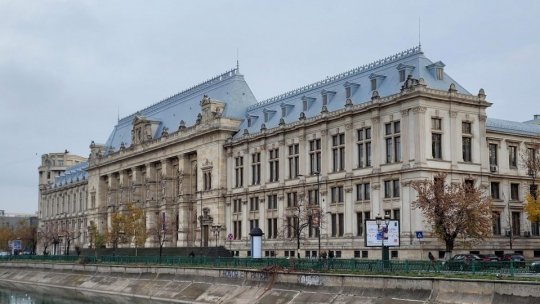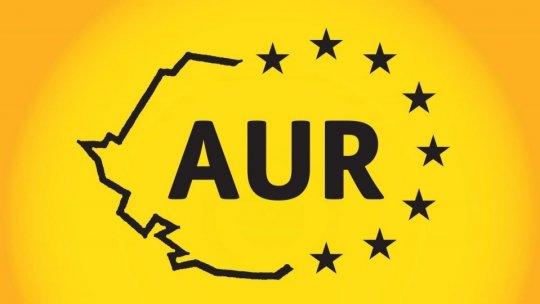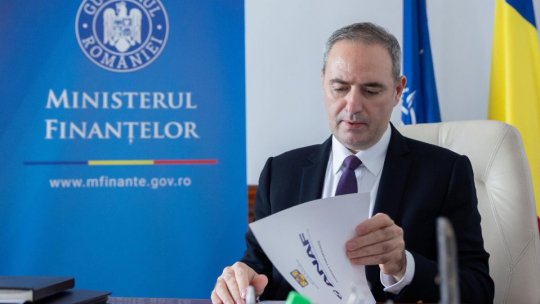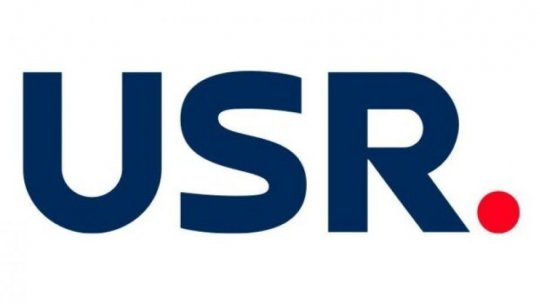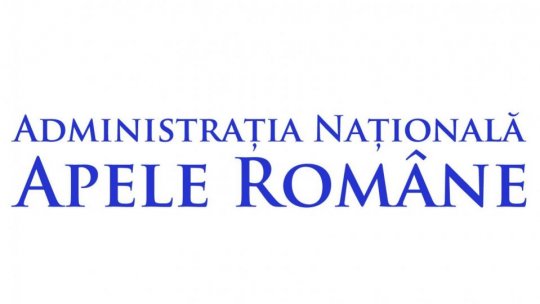Romanians Winners of NASA’s Zero Robotics High School Tournament 2018
Romania was represented by eight teams.
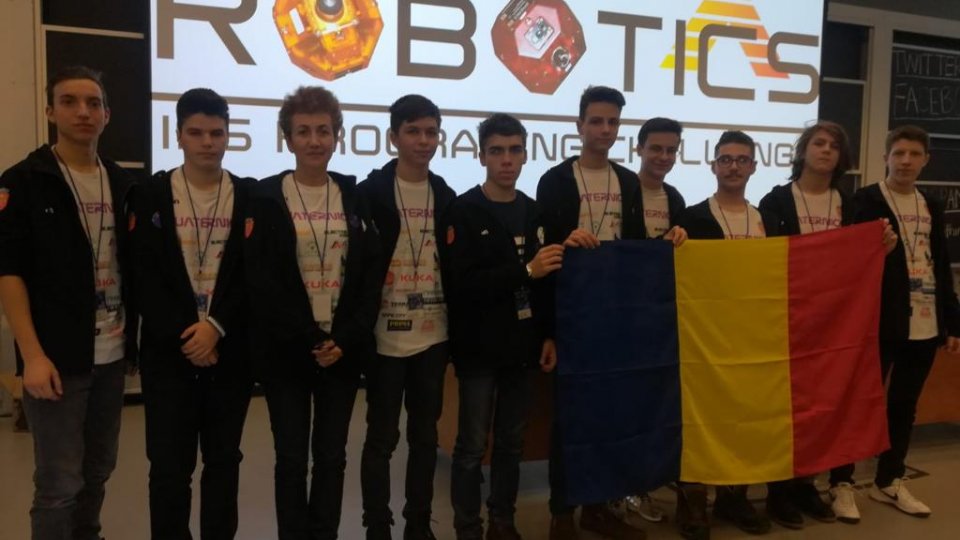
Articol de Radio România Cluj, 05 Februarie 2019, 16:21
Valak (NoSleepGang) team of high-school students representing National College „Octavian Goga” in Sibiu are winners of Virtual Final competition of Zero Robotics High School Tournament 2018, organized by NASA and Massachusetts Institute of Technology (MIT). Quaternion (BeachQuatRebels) team representing National College "Gheorghe Lazăr" in Sibiu placed third in the International Space Station (ISS) Finals. Overall, Romania was represented by eight teams.
“Experience was one of a kind, no comparison with any other”, one of the winners said, highly impressed. Sibiu International Airport was crowded by parents, friends and supporters, who welcomed winners with large cheering applause at their return home from the US.
Zero Robotics High School Tournament is an international programming competition for robotics. Robots are SPHERES (Synchronized Position Hold Engage and Reorient Experimental Satellites) inside the International Space Station (ISS). Competition is organized annually and involves hundreds of students from European countries and North America. Competition starts online on the dedicated website, where teams program the SPHERES to solve an annual challenge. After several phases of virtual competition in a simulation environment that mimics the real SPHERES, finalists are selected to compete in a live championship aboard the ISS. An astronaut will conduct the championship competition in microgravity with a live broadcast!
Tournament Objectives: Participants compete to win a technically challenging game by programming their strategies into the SPHERES satellites. Game is motivated by a current problem of interest to DARPA, NASA and MIT. Student software controls satellite speed, rotation, direction of travel, etc. Depending on the game premise, the students must program their satellites to complete game objectives (navigate obstacles, pick up virtual objects, etc.) while conserving resources (fuel, charge, etc.) and staying within specified time and code-size limits. Programs are "autonomous" - that is, the students cannot control the satellites during the test itself.
Source:RRA,ZeroRobotics.Translated by Miruna Matei

